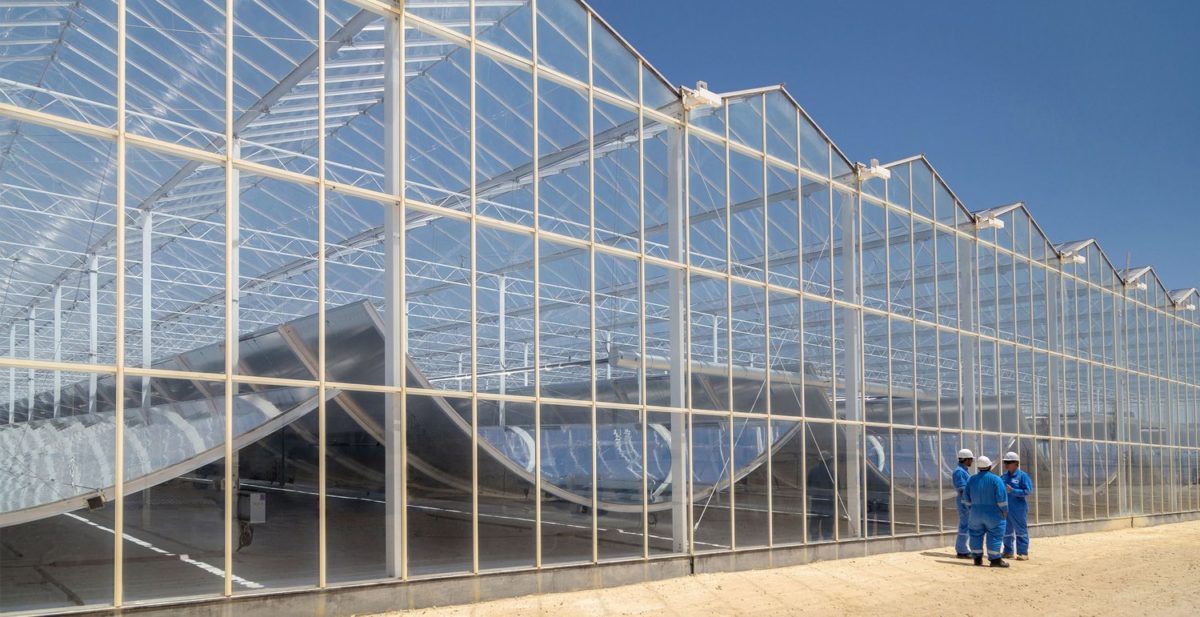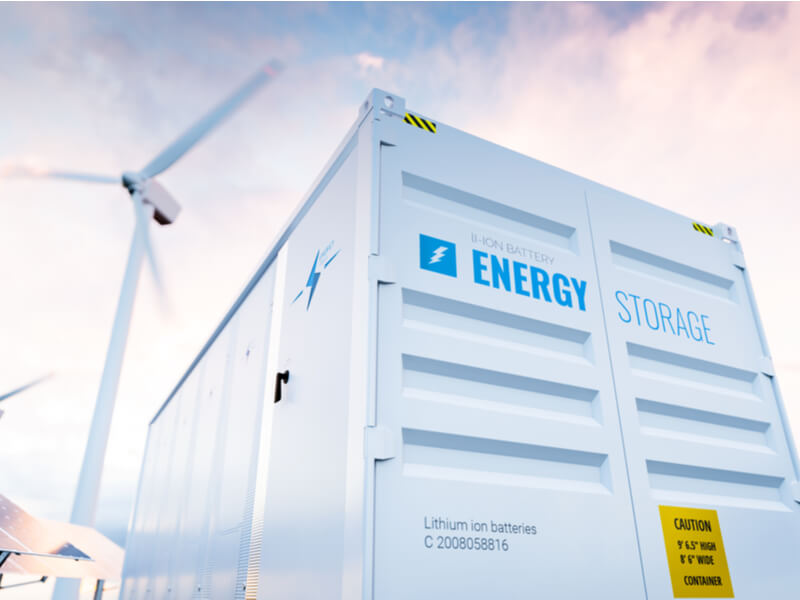https://www.pv-magazine-australia.com/2022/07/21/small-cracks-have-negligible-effect-on-solar-cell-performance/

Original EL image for a PV modules before the dismounting process.
Image: University of York
Researchers from England’s University of York have investigated how the performance and durability of solar cells may be affected by different sizes of cracks and the formation of hotspots.
They specified that their work is intended to fill a gap of knowledge on whether all crack types can lead to a significant drop in the output power generation of solar cells.
“The crack issue in solar cells becomes worse as the thickness of the wafer is being reduced,” they said. “This is the case because the reduced thickness makes it easier to develop extra mechanical stresses in the cells when assembled into a full-scale PV module.”
Their analysis was conducted on three-busbar solar cells, provided by an unnamed manufacturer, with an open-circuit voltage of 0.61 V, a short circuit current density of 38.8 mA/cm2, and a peak power of 4.72 W. They used electroluminescence (EL) imaging through a digital camera with a resolution of 6k × 4k pixels and a camera lens of 18-55 mm.
“The solar cell samples were connected with a power supply for biasing purposes under short circuit conditions,” the scientists said. “The percentage of the crack was computed by subtracting a cracked vs crack-free image.”

The UK group submitted the cells to solar illumination under varying irradiance of 100-1000 W/m2 and their temperature was kept constant at 25 C. Through these measurements, it found the solar cells were affected by crack percentages ranging from 1% to 58%.
The researchers explained that output power losses for the cells with crack percentages below 11% were insignificant, adding that these cells are relatively equivalent to non-cracked cells.
“It is recognized that a hotspot is to develop if the crack percentage, which is essentially representing an inactive area in the solar cell, is in the range between 11 and 34%,” they also explained.
According to the academics, their findings confirm that small cracks have a negligible effect on solar cell output, and they develop no hotspots. They also found that a crack percentage of over 46% is also insufficient to develop a hotspot, as there is a significant inactive area in the cells, which means the localized heat can be critical but not enough area to develop a hotspot.
They presented the results of their work in the paper “Rapid testing on the effect of cracks on solar cells output power performance and thermal operation,” published in scientific reports.
“There are still some critical questions to be answered/linked with this research work; an example, how do cracks or hotspots develop over time?,” they concluded. “This has to be investigated over a long-term period for solar cells operating in diverse environmental conditions rather than simply examining the solar cells under artificial indoor illumination.”
This content is protected by copyright and may not be reused. If you want to cooperate with us and would like to reuse some of our content, please contact: editors@pv-magazine.com.
<




